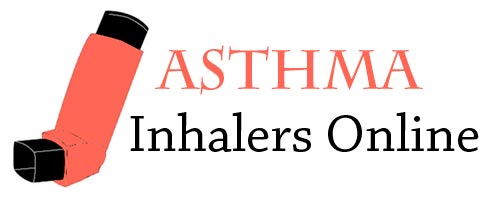Quantitation of Wheezing in Acute Asthma Methods
During an acute attack of asthma, auscultation of the patients lungs is likely to be repeated many times. The severity of the attack, the improvement or deterioration, and the response to treatment are judged by several criteria, such as the patients symptoms, physical findings, pulmonary function tests , and blood gas analysis; but repeated auscultation plays an important part in assessment. Auscultation is simple, is readily available, requires only a stethoscope, and entails no risk or inconvenience to











